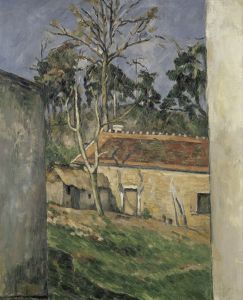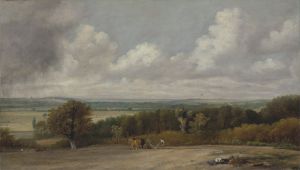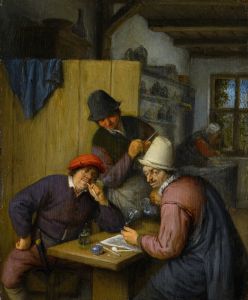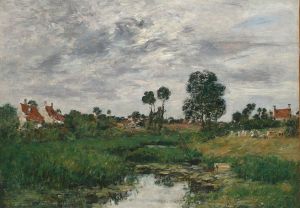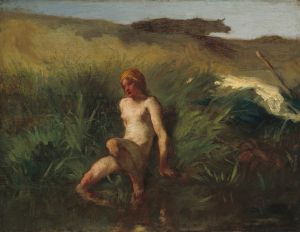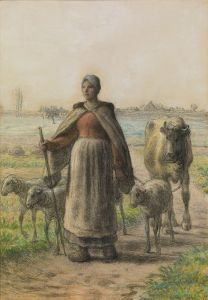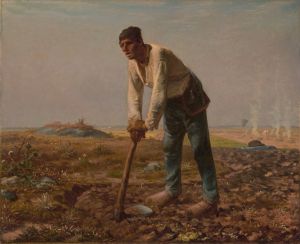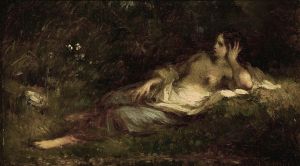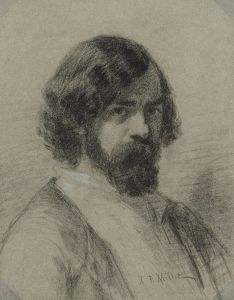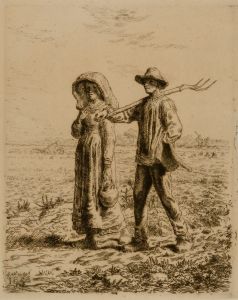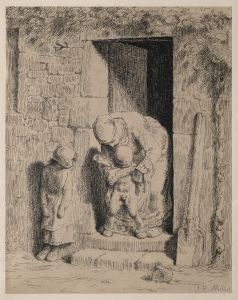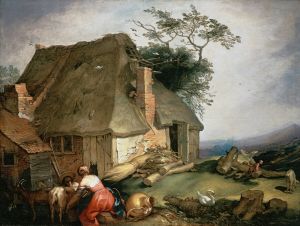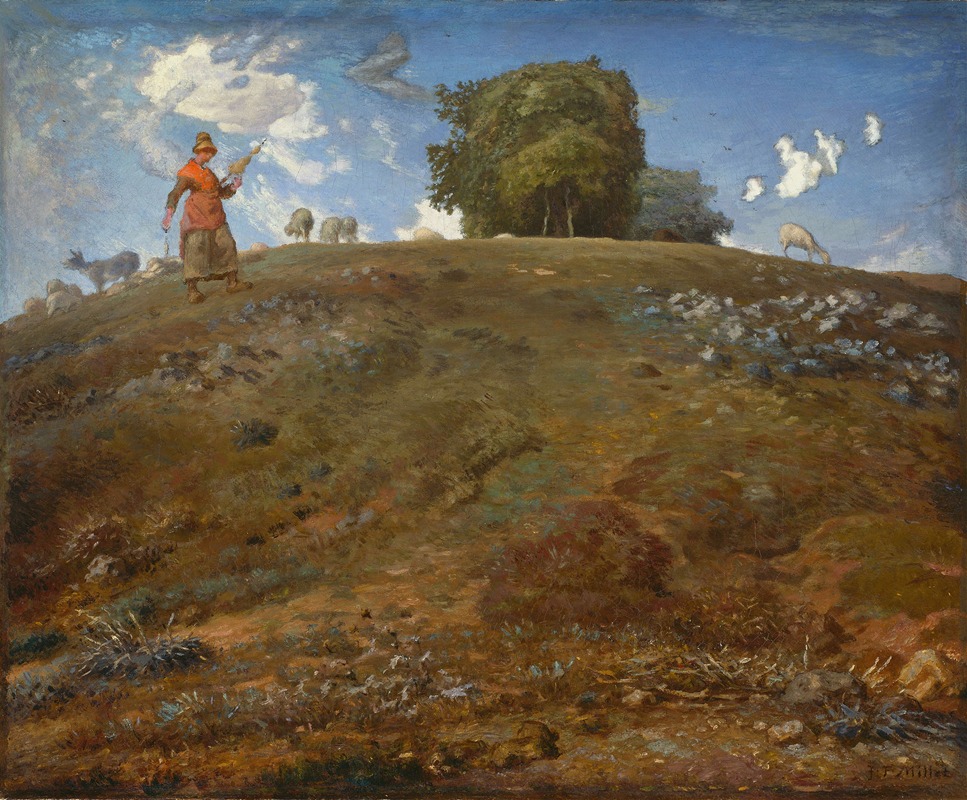
In the Auvergne
A hand-painted replica of Jean-François Millet’s masterpiece In the Auvergne, meticulously crafted by professional artists to capture the true essence of the original. Each piece is created with museum-quality canvas and rare mineral pigments, carefully painted by experienced artists with delicate brushstrokes and rich, layered colors to perfectly recreate the texture of the original artwork. Unlike machine-printed reproductions, this hand-painted version brings the painting to life, infused with the artist’s emotions and skill in every stroke. Whether for personal collection or home decoration, it instantly elevates the artistic atmosphere of any space.
Jean-François Millet, a prominent French painter and one of the founders of the Barbizon school, is renowned for his depictions of peasant life and rural landscapes. His work "In the Auvergne" is one of the many paintings that reflect his deep connection to the countryside and his ability to capture the essence of rural existence. However, detailed information specifically about the painting "In the Auvergne" is limited.
Millet was born in 1814 in the village of Gruchy, near Gréville-Hague in Normandy, France. He grew up in a farming family, which profoundly influenced his artistic vision. His upbringing in a rural environment is evident in his works, which often portray the dignity and hardship of peasant life. Millet's art is characterized by its realism and empathy towards the subjects he depicted, often focusing on the daily lives of farmers and laborers.
The Auvergne region, located in central France, is known for its rugged terrain, volcanic mountains, and pastoral landscapes. It is a region rich in natural beauty and rural charm, which would have been an appealing subject for Millet, given his affinity for depicting rural scenes. While specific details about "In the Auvergne" are scarce, it is reasonable to infer that the painting would reflect Millet's typical style, emphasizing the natural landscape and possibly the people who inhabit it.
Millet's broader body of work includes famous paintings such as "The Gleaners" and "The Angelus," which highlight his focus on rural themes and his ability to convey the solemn beauty of agricultural life. His paintings often feature muted colors and a sense of tranquility, capturing the rhythm of rural life with a sense of reverence and authenticity.
The Barbizon school, with which Millet is closely associated, was a movement towards realism in art, focusing on natural landscapes and scenes of rural life. This movement was a reaction against the romanticism that dominated the art world in the early 19th century. Millet and his contemporaries sought to depict the world around them with honesty and without idealization, a philosophy that would have influenced his approach to painting scenes like those in the Auvergne.
Millet's influence extends beyond his lifetime, impacting later artists such as Vincent van Gogh and influencing the development of modern art movements. His dedication to portraying the lives of ordinary people with dignity and respect has left a lasting legacy in the art world.
In summary, while specific information about the painting "In the Auvergne" is not readily available, it can be understood within the context of Jean-François Millet's broader oeuvre and his commitment to depicting rural life with realism and empathy. His work continues to be celebrated for its profound connection to the land and the people who work it, capturing the timeless beauty and challenges of rural existence.





